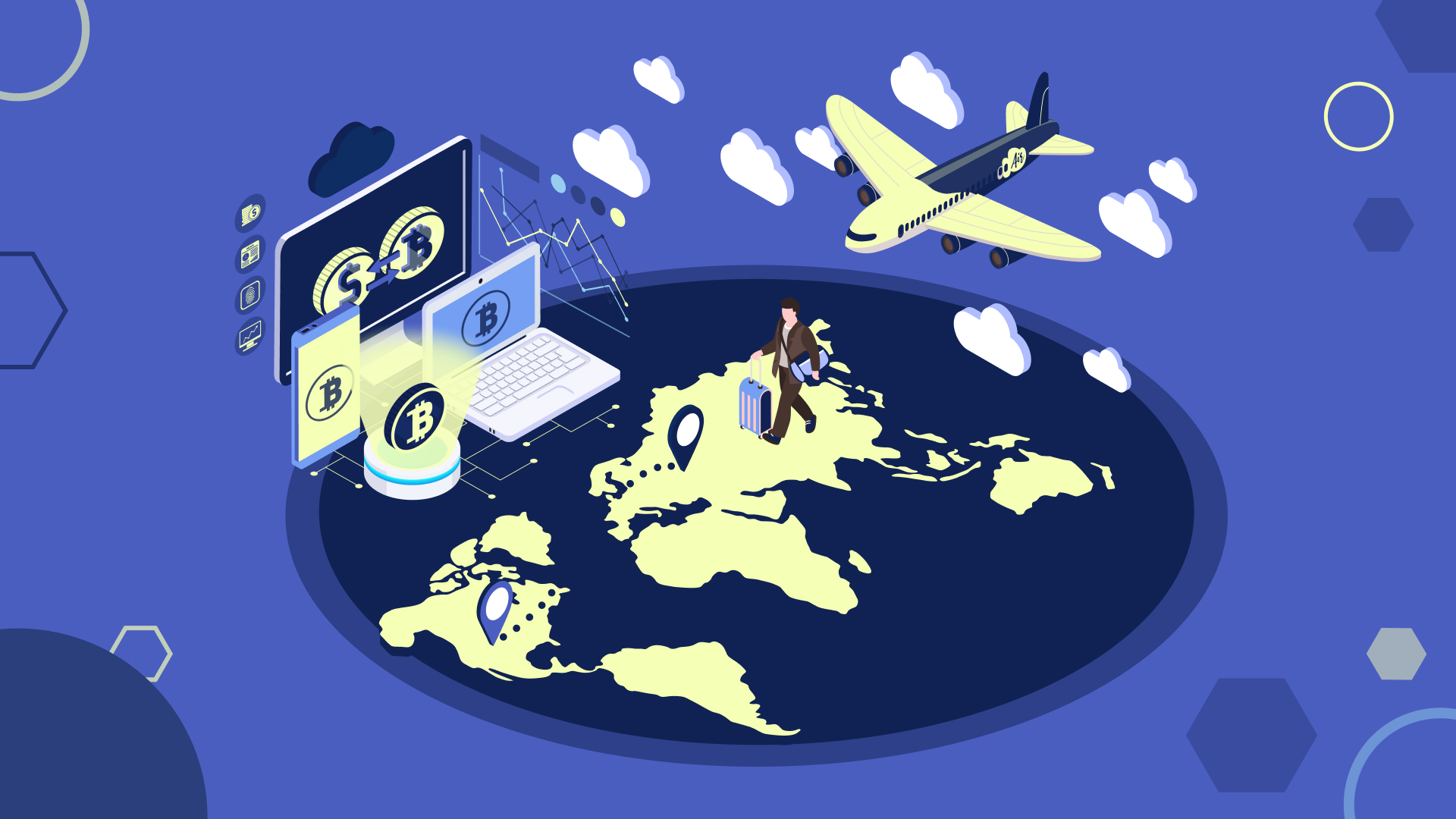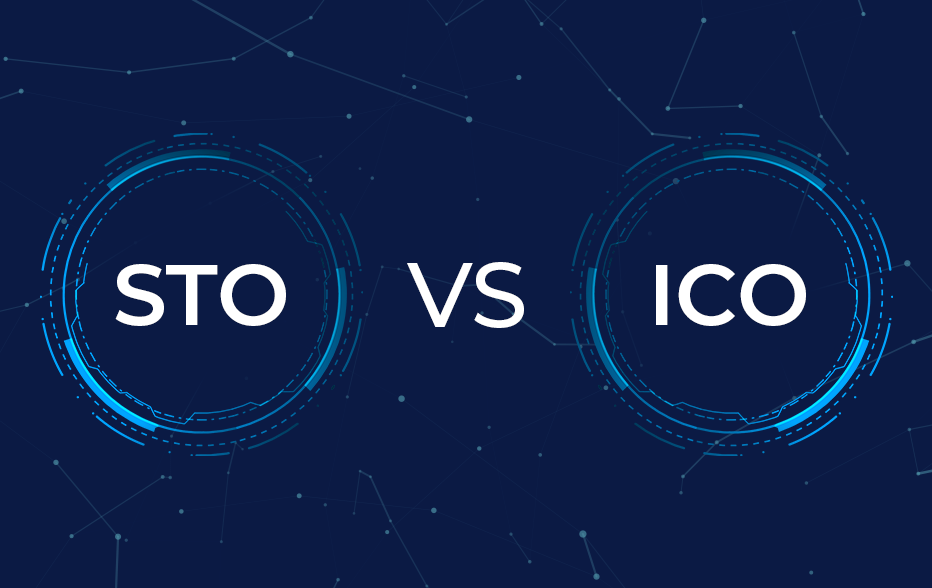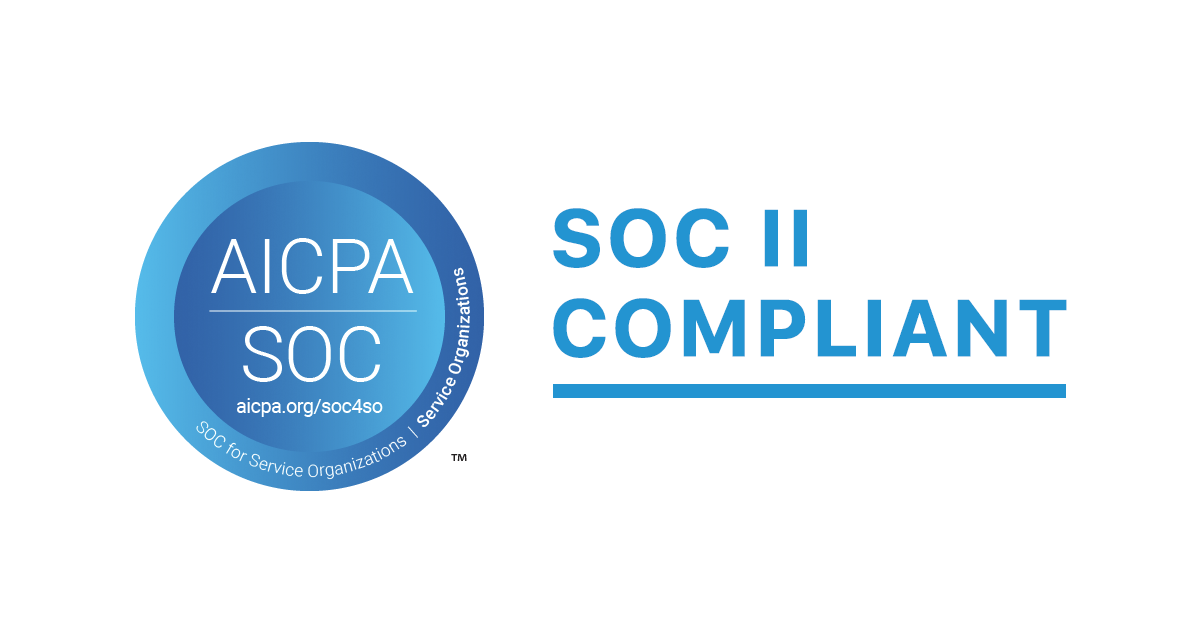Web2 vs Web3: The Internet’s Powerful Transformation
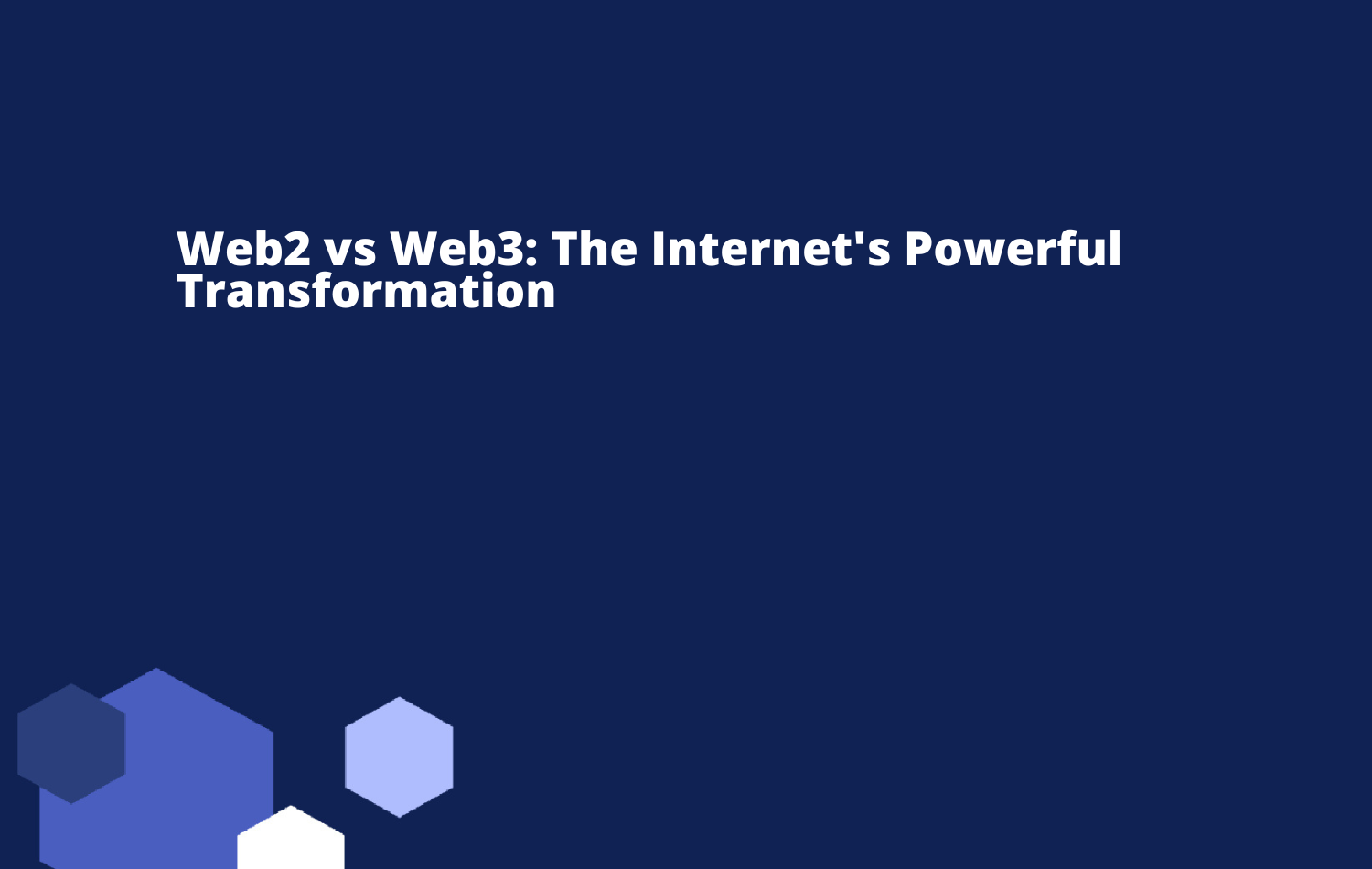
Imagine a digital landscape where the internet is no longer confined to centralized platforms and corporate control. A new era is dawning upon us, and it goes by the name of Web3. The Web2 vs Web3 shift is redefining the very essence of the internet, connecting us in ways we never thought possible. At the heart of the Web2 vs Web3 debate lies a fundamental principle: self-sovereignty and power to the people.
Redeeming the Vision: Web3’s Liberation of the Internet’s Soul
The internet started off with a noble vision, one that becomes clear when revisiting its origins. The brainchild of Sir Tim Berners-Lee, the early internet, or Web1, was envisioned as a decentralized network where information could be freely shared and accessed by anyone. During the early days, bulletin boards, dial-up modems, and primitive websites defined this nascent era of connectivity.
However, as the internet evolved into Web2, the landscape changed dramatically. The rise of social media platforms and the dominance of Big Tech corporations introduced a new era where our personal data became the currency of the digital realm. We willingly shared our lives, thoughts, and preferences, but unknowingly surrendered control over our information to these gatekeepers of the information superhighway.
Fortunately, the invention of blockchain technology sparked a revolution, inspiring a generation of innovators to build the decentralized infrastructure needed to restore the original vision of the Internet.
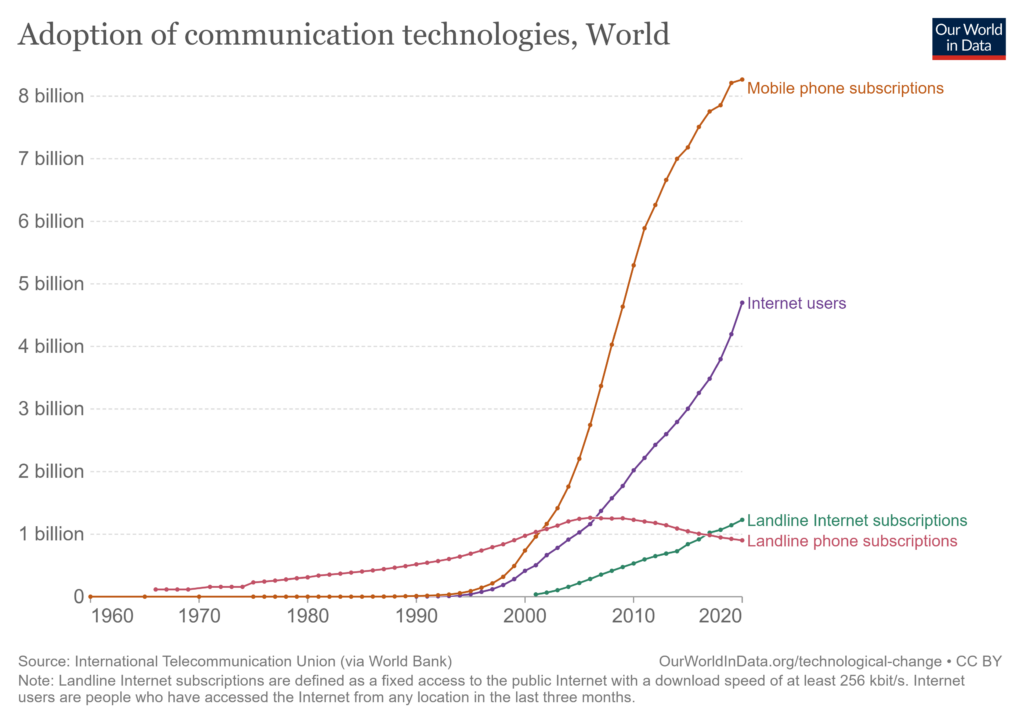
Web2 vs Web3: A Comparative Analysis
A comparative analysis of Web2 vs Web3, unveils the striking differences between these two paradigms. From ownership and control to privacy and security, we delve into the core aspects that redefine the internet landscape, shedding light on the transformative potential of Web3 in contrast to the limitations of Web2.
Ownership & Control
Web2: In Web2, ownership and control rest with centralized platforms and corporations. Users share their data, but have limited control over how it is used. Platform owners can moderate, manipulate, or delete user-generated content without explicit consent. User autonomy and ownership are often limited in Web2’s centralized structure.
Web3: Web3 aims to shift ownership and control to individuals. Using blockchain and decentralized networks, Web3 enables full ownership and control over digital lives. Users retain control through cryptographic keys and smart contracts, ensuring transparency and security. Web3 eliminates intermediaries, allowing direct peer-to-peer interactions and empowering users.
Privacy and Security
Web2: Web2 poses privacy and security concerns due to centralized control and data aggregation. Users have limited control over personal data, which can be collected, analyzed, and shared without consent. Centralization makes Web2 vulnerable to breaches and cyber threats, compromising privacy and security.
Web3: Web3 prioritizes privacy and security. With decentralized architectures and cryptographic protocols, Web3 provides enhanced privacy protection. Personal data is securely stored on the blockchain, giving individuals control over what they share. Web3’s distributed nature improves overall security.
Intermediaries and Trust
Web2: Web2 relies on intermediaries, such as social media platforms, to facilitate interactions. Intermediaries act as trusted authorities, but can lead to issues like censorship and data manipulation.
Web3: Web3 minimizes reliance on intermediaries through blockchain and smart contracts. Direct peer-to-peer interactions eliminate dependence on centralized authorities. Trustless transactions and interactions enhance transparency and reduce manipulation risks.
Innovation and Collaboration
Web2: Web2 platforms enable innovation and collaboration, but control by platform owners can limit their extent. Decisions regarding features, algorithms, and monetization models are centralized, potentially hindering user-driven creativity and collaboration.
Web3: Web3 fosters innovation and collaboration by providing open and decentralized infrastructure. Smart contracts and decentralized applications (dApps) enable new economic models and decentralized finance. Web3 empowers individuals, fostering an environment where innovation and global collaboration thrive without centralized gatekeepers.
In the Web2 vs Web3 battle, Web3 emerges as transformative, offering greater ownership and control, enhanced privacy and security, reduced reliance on intermediaries, and fostering innovation and collaboration on a decentralized scale.
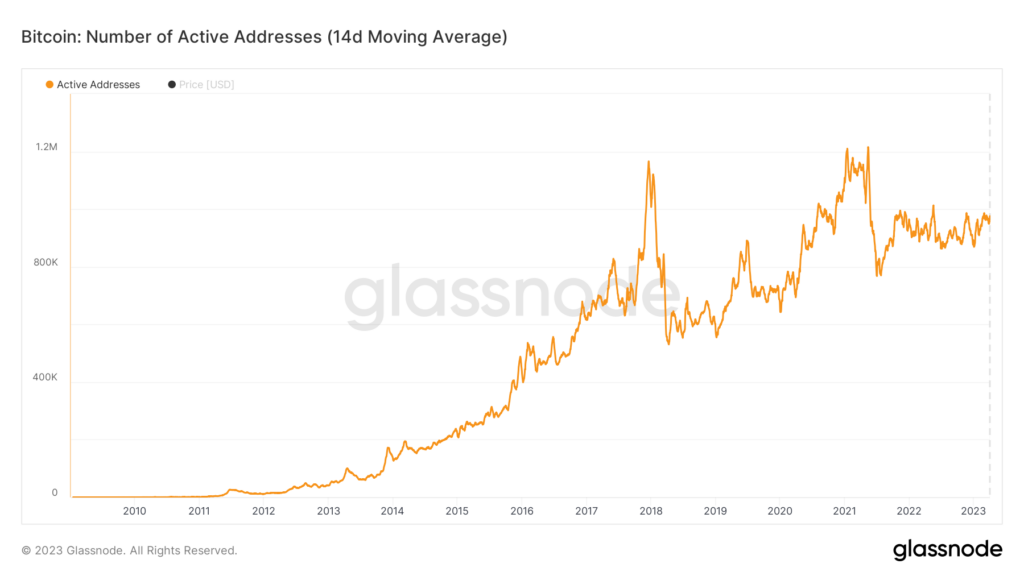
The Potential and Challenges of Web3
Web3’s emergence has the potential to reshape industries, empower individuals, and redefine the digital landscape by utilizing decentralized networks, smart contracts, and enhanced transparency to disrupt various sectors:
- In the finance industry, Web3 presents opportunities for decentralized finance (DeFi) to flourish. With blockchain-based systems, smart contracts, and tokenization, Web3 enables new economic models, peer-to-peer lending, and global access to financial services. It eliminates intermediaries, reduces transaction costs, and promotes financial inclusion for the unbanked.
- In the supply chain industry, Web3 offers the potential to enhance transparency and traceability. By utilizing blockchain technology, each step of the supply chain can be securely recorded, enabling verifiable and tamper-resistant tracking of goods. This reduces fraud, and counterfeiting, benefiting both businesses and consumers. Trucpal is a prime example of a company utilizing Web3 technology to disrupt supply chain management.
- In the healthcare sector, Web3 can ensure secure and transparent data storage and access. Doing so can streamline medical record management, and enable patients to have full control over their health data. This empowers individuals to share their data selectively, facilitating medical research and personalized healthcare while safeguarding privacy.
- In the social media sector, Web3 has the potential to empower users with control over their data, promoting privacy and security, and fostering decentralized communities where individuals have a say in content moderation and platform governance.
However, as Web3 continues to evolve, it faces challenges and adoption hurdles. Scalability remains a significant concern, as blockchain networks need to handle larger volumes of transactions at faster speeds to support mainstream usage. Improving user experience is crucial for wider adoption, as the technology should be intuitive and seamless for users. Additionally, regulatory frameworks need to adapt to the decentralized nature of Web3, striking a balance between consumer protection and fostering innovation.
Getting Started: How to Invest In Web3
The future of technology lies in Web3, and now is the perfect time to embark on this transformative journey. To get started, the first step is to obtain a digital wallet, which will serve as your gateway to the Web3 ecosystem. Finding the best web3 wallet is crucial to securely storing and managing your cryptocurrencies, interacting with decentralized applications (dApps), and exploring the vast opportunities that Web3 has to offer.
David Azaraf May 7, 2023
Crypto enthusiast, help businesses plug into the token economy
